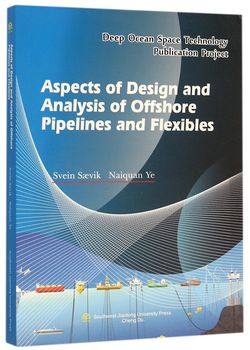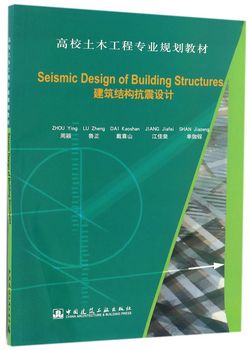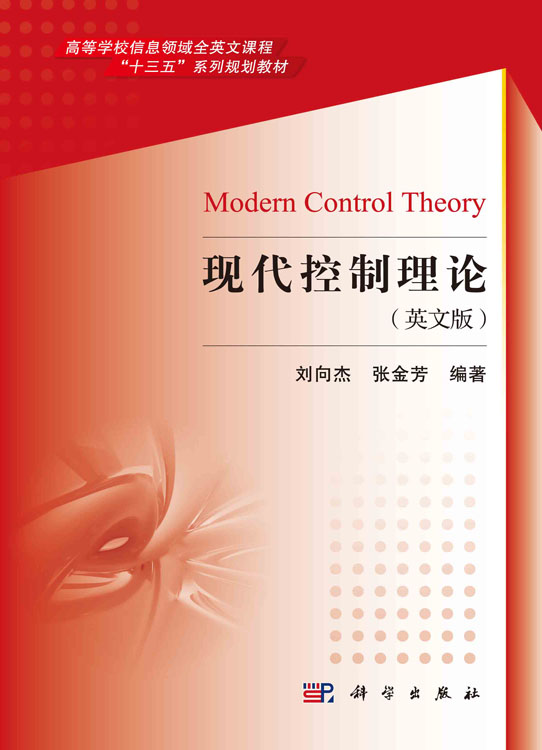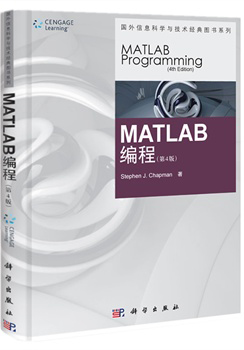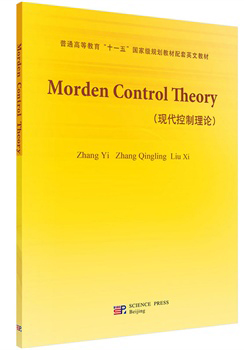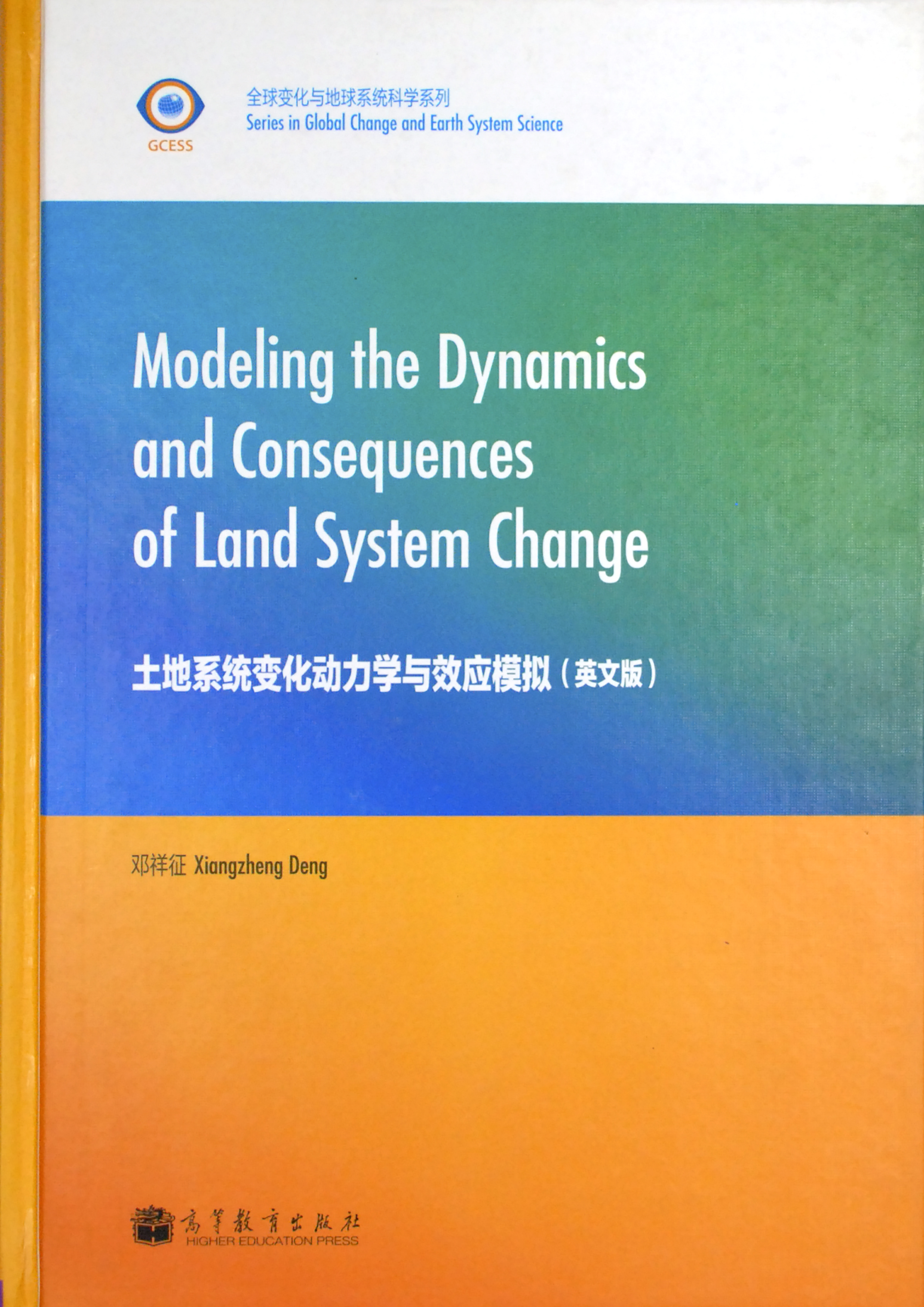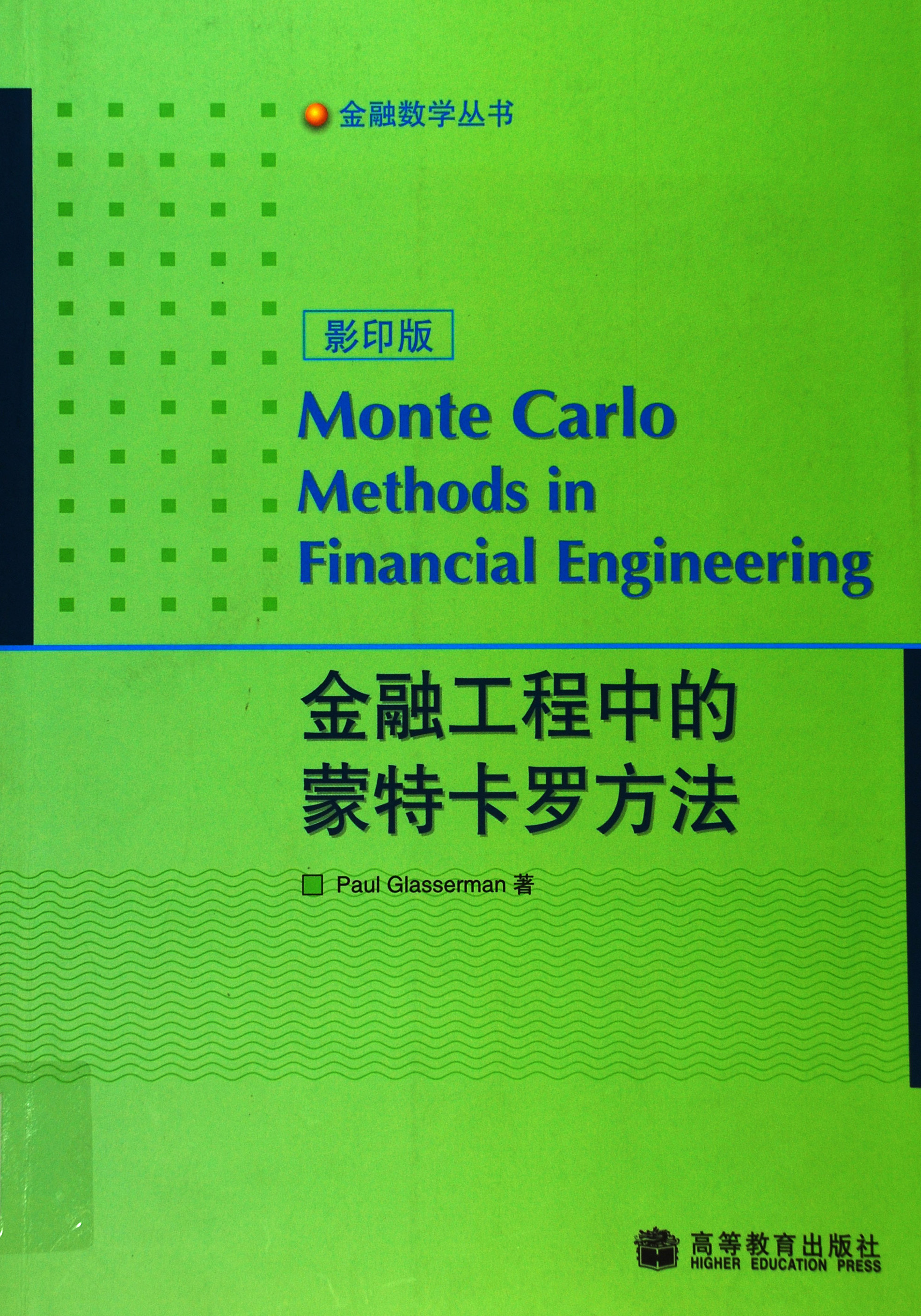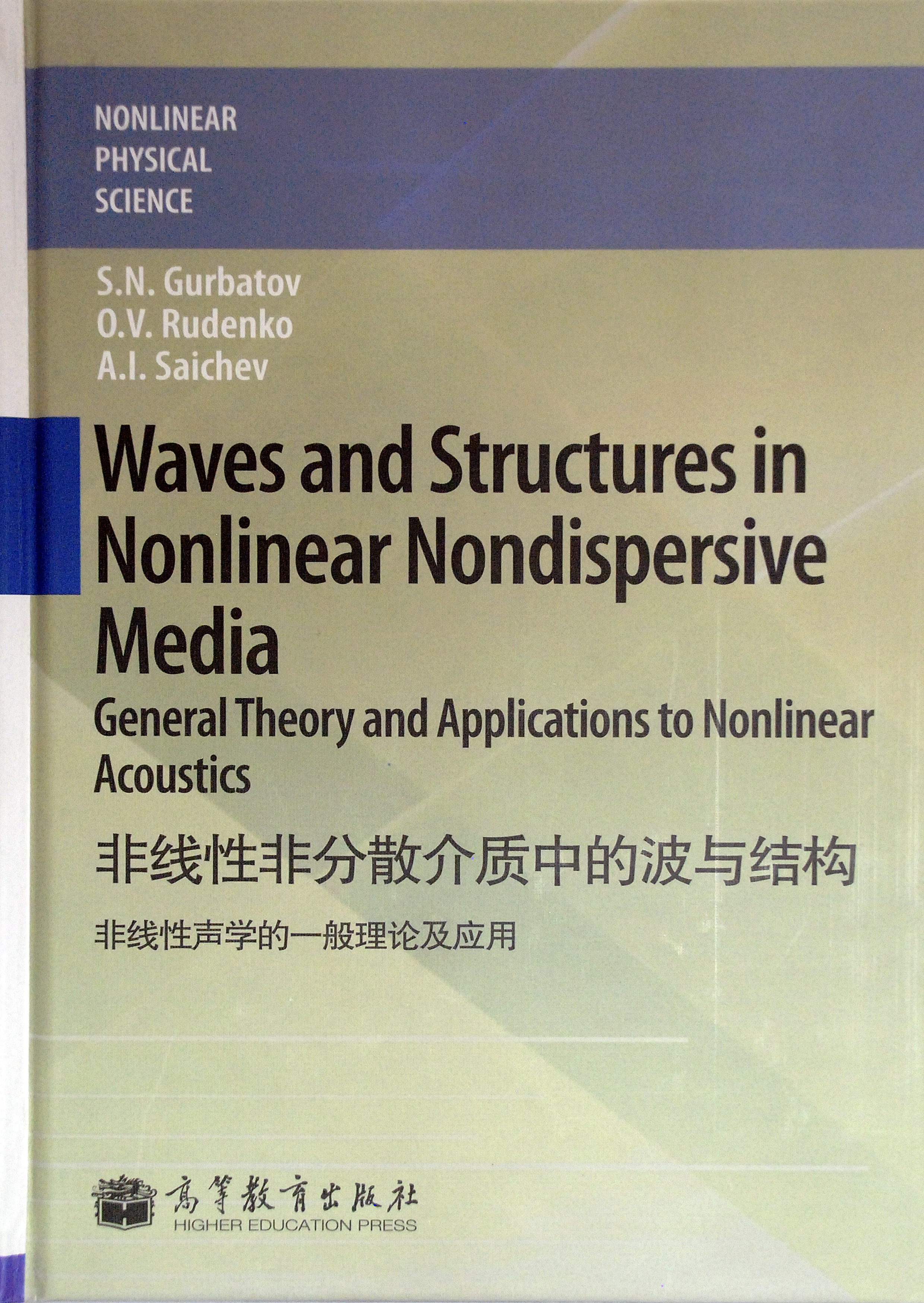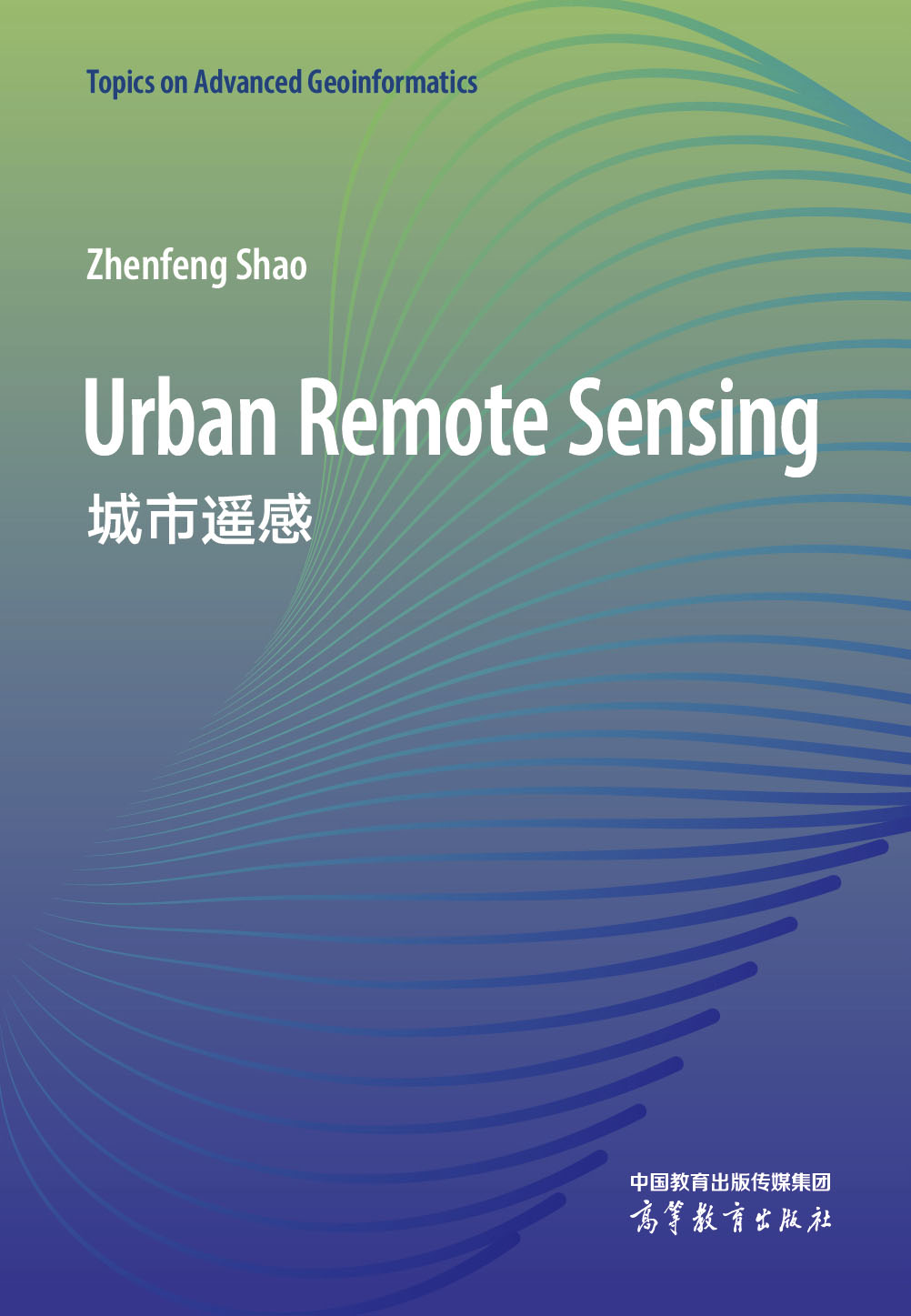海洋工程柔性立管与海底管道设计及分析(英文版) / 深海空间技术出版工程
¥200.00定价
作者: Svein S vik,Naiquan Ye
出版时间:2016-01
出版社:西南交通大学出版社
- 西南交通大学出版社
- 9787564344665
- 86194
- 47177419-0
- 2016-01
- 工学
- 船舶与海洋工程
- P756.2
- 海洋工程
内容简介
萨维克、叶乃全编著的这本《海洋工程柔性立管与海底管道设计及分析(深海空间技术出版工程)(英文版)》为专著。主要针对柔性海洋结构和柔性管机械行为分析相关的有限元知识,与海洋立管相关的材料及其成型加工技术,海底管道热传导,海洋洋流载荷及海底土壤接触约束条件,重点以海底铺架管道、深海用柔性管道及其海底用脐带管为主,从理论设计、应用等进行阐述,第一次将这两种管线的核心设计理念融合在一起阐述,将二者异同交叉阐述,既避免了重复阐述,又强调了这两种管道的核心差异。本书具有鲜明的行业特点和独创性及前沿性。
目录
CHAPTER 1 Introduction
1.1 General remarks
1.2 The design process
1.3 Engineerin8 phases
1.3.1 Steel pipelines
1.3.2 Flexible pipes
CHAPTER 2 Design Principles
2.1 General remarks
2.2 Design formats
2.3 Discussion of relevant loads
2.4 Discussion of failure modes
2.4.1 Mechanical failure modes for steel pipelines
2.4.2 Mechanical failure modes for flexible pipes.
2.5 Cross-section design
CHAPTER 3 Steel Pipeline Design
3.1 General remarks
3.2 Stress and strain components
3.3 Wall thickness design
3.3.1 The hoop stress (bursting) criteria
3.3.2 External pressure collapse
3.4 Design against other relevant failure modes in steel pipelines
3.4.1 Buckling due to combined loads
3.4.2 Fatigue
3.4.3 Other mechanical failure modes
CHAPTER 4 Mechanical Behaviour of Flexible Pipes
4.1 General remarks
4.2 Governing stress components
4.3 Wire geometries
4.4 Behaviour due to axi-symmetric loads
4.4.1 General
4.4.2 Axial loading
4.4.3 Torsion
4.4.4 Internal and external pressure
4.5 Behaviour in bending
4.5.1 General
4.5.2 Minimum bend radius
4.5.3 Stresses and stress resultants related to the tensile armour
4.5.4 Stresses related to the pressure armour
4.6 Buckling
4.6.1 Carcass collapse
4.6.2 Tensile armour buckling
4.7 Fatigue
4.7.1 General
4.7.2 Mean stress correction
4.7.3 Mean and dynamic stresses in the tensile armour
4.7.4 Mean and dynamic stresses in the pressure armour
4.7.5 The effect of corrosion failures in terms of bursting and fatigue performance
4.7.6 The effect of corrosion in terms of lateral wire buckling
4.7.7 The link between global and local analysis
4.8 Computational methods
4.8.1 General
4.8.2 Axi-symmetric stress analysis
4.8.3 Bending and fatigue stress analysis
4.8.4 Special cases
CHAPTER 5 Heat Transfer and Thermal Insulation
5.1 General remarks
5.2 The heat transfer coefficient
5.2.1 Conduction
5.2.2 Convection
5.2.3 Influence of soil burial
5.3 The temperature profile
5.4 Time to reach critical temperature
CHAPTER 6 Steel Pipeline Material Selection and Welding
6.1 General remarks
6.2 Material selection
6.3 Pipeline welding
6.3.1 General
6.3.2 Welding processes
6.3.3 Non-destructive testing
CHAPTER 7 Pipeline Installation
7.1 General remarks
7.2 Pipeline installation methods
7.2.1 Controlled depth tow method
7.2.2 J-lay
7.2.3 S-lay
7.2.4 Selection of method
7.3 Pipeline installation analysis
7.3.1 The effective tension concept and Archimedes law
7.3.2 The catenary equation
7.3.3 Minimum horizontal radius
7.3.4 Residual radius and roll
CHAPTER 8 Global Buckling
8.1 General remarks
8.2 The process of bucklin8
8.3 Analytical global buckling model
8.4 The significance of different parameters included in an upheaval buckling analysis
8.4.1 Formulation of the upheaval buckling failure function
8.4.2 Input parameters and failure function
8.4.3 The Hasofer-Lind reliability index
8.4.4 Results
CHAPTER 9 The Finite Element Method as Applied to Slender Structures
9.1 General remarks
9.2 Basics of the finite element method
9.3 Non-linear effects
9.4 Strain and stress measures
9.5 Non-linear finite element methods
9.5.1 Equilibrium equation
9.5.2 Non-linear formulations
9.5.3 Material law-plasticity for metals
9.5.4 Solution techniques
9.6 Description of some elements of general relevance for global analysis of slender structures
9.6.1 Oeneral
9.6.2 Pipe elements
9.6.3 Seabed contact element
9.6.4 Roller contact element
9.6.5 Pipe-in-pipe contact element
9.7 Description of elements related to global and local re
1.1 General remarks
1.2 The design process
1.3 Engineerin8 phases
1.3.1 Steel pipelines
1.3.2 Flexible pipes
CHAPTER 2 Design Principles
2.1 General remarks
2.2 Design formats
2.3 Discussion of relevant loads
2.4 Discussion of failure modes
2.4.1 Mechanical failure modes for steel pipelines
2.4.2 Mechanical failure modes for flexible pipes.
2.5 Cross-section design
CHAPTER 3 Steel Pipeline Design
3.1 General remarks
3.2 Stress and strain components
3.3 Wall thickness design
3.3.1 The hoop stress (bursting) criteria
3.3.2 External pressure collapse
3.4 Design against other relevant failure modes in steel pipelines
3.4.1 Buckling due to combined loads
3.4.2 Fatigue
3.4.3 Other mechanical failure modes
CHAPTER 4 Mechanical Behaviour of Flexible Pipes
4.1 General remarks
4.2 Governing stress components
4.3 Wire geometries
4.4 Behaviour due to axi-symmetric loads
4.4.1 General
4.4.2 Axial loading
4.4.3 Torsion
4.4.4 Internal and external pressure
4.5 Behaviour in bending
4.5.1 General
4.5.2 Minimum bend radius
4.5.3 Stresses and stress resultants related to the tensile armour
4.5.4 Stresses related to the pressure armour
4.6 Buckling
4.6.1 Carcass collapse
4.6.2 Tensile armour buckling
4.7 Fatigue
4.7.1 General
4.7.2 Mean stress correction
4.7.3 Mean and dynamic stresses in the tensile armour
4.7.4 Mean and dynamic stresses in the pressure armour
4.7.5 The effect of corrosion failures in terms of bursting and fatigue performance
4.7.6 The effect of corrosion in terms of lateral wire buckling
4.7.7 The link between global and local analysis
4.8 Computational methods
4.8.1 General
4.8.2 Axi-symmetric stress analysis
4.8.3 Bending and fatigue stress analysis
4.8.4 Special cases
CHAPTER 5 Heat Transfer and Thermal Insulation
5.1 General remarks
5.2 The heat transfer coefficient
5.2.1 Conduction
5.2.2 Convection
5.2.3 Influence of soil burial
5.3 The temperature profile
5.4 Time to reach critical temperature
CHAPTER 6 Steel Pipeline Material Selection and Welding
6.1 General remarks
6.2 Material selection
6.3 Pipeline welding
6.3.1 General
6.3.2 Welding processes
6.3.3 Non-destructive testing
CHAPTER 7 Pipeline Installation
7.1 General remarks
7.2 Pipeline installation methods
7.2.1 Controlled depth tow method
7.2.2 J-lay
7.2.3 S-lay
7.2.4 Selection of method
7.3 Pipeline installation analysis
7.3.1 The effective tension concept and Archimedes law
7.3.2 The catenary equation
7.3.3 Minimum horizontal radius
7.3.4 Residual radius and roll
CHAPTER 8 Global Buckling
8.1 General remarks
8.2 The process of bucklin8
8.3 Analytical global buckling model
8.4 The significance of different parameters included in an upheaval buckling analysis
8.4.1 Formulation of the upheaval buckling failure function
8.4.2 Input parameters and failure function
8.4.3 The Hasofer-Lind reliability index
8.4.4 Results
CHAPTER 9 The Finite Element Method as Applied to Slender Structures
9.1 General remarks
9.2 Basics of the finite element method
9.3 Non-linear effects
9.4 Strain and stress measures
9.5 Non-linear finite element methods
9.5.1 Equilibrium equation
9.5.2 Non-linear formulations
9.5.3 Material law-plasticity for metals
9.5.4 Solution techniques
9.6 Description of some elements of general relevance for global analysis of slender structures
9.6.1 Oeneral
9.6.2 Pipe elements
9.6.3 Seabed contact element
9.6.4 Roller contact element
9.6.5 Pipe-in-pipe contact element
9.7 Description of elements related to global and local re

